Should You Check The Tire Pressure When Cold Or Hot?
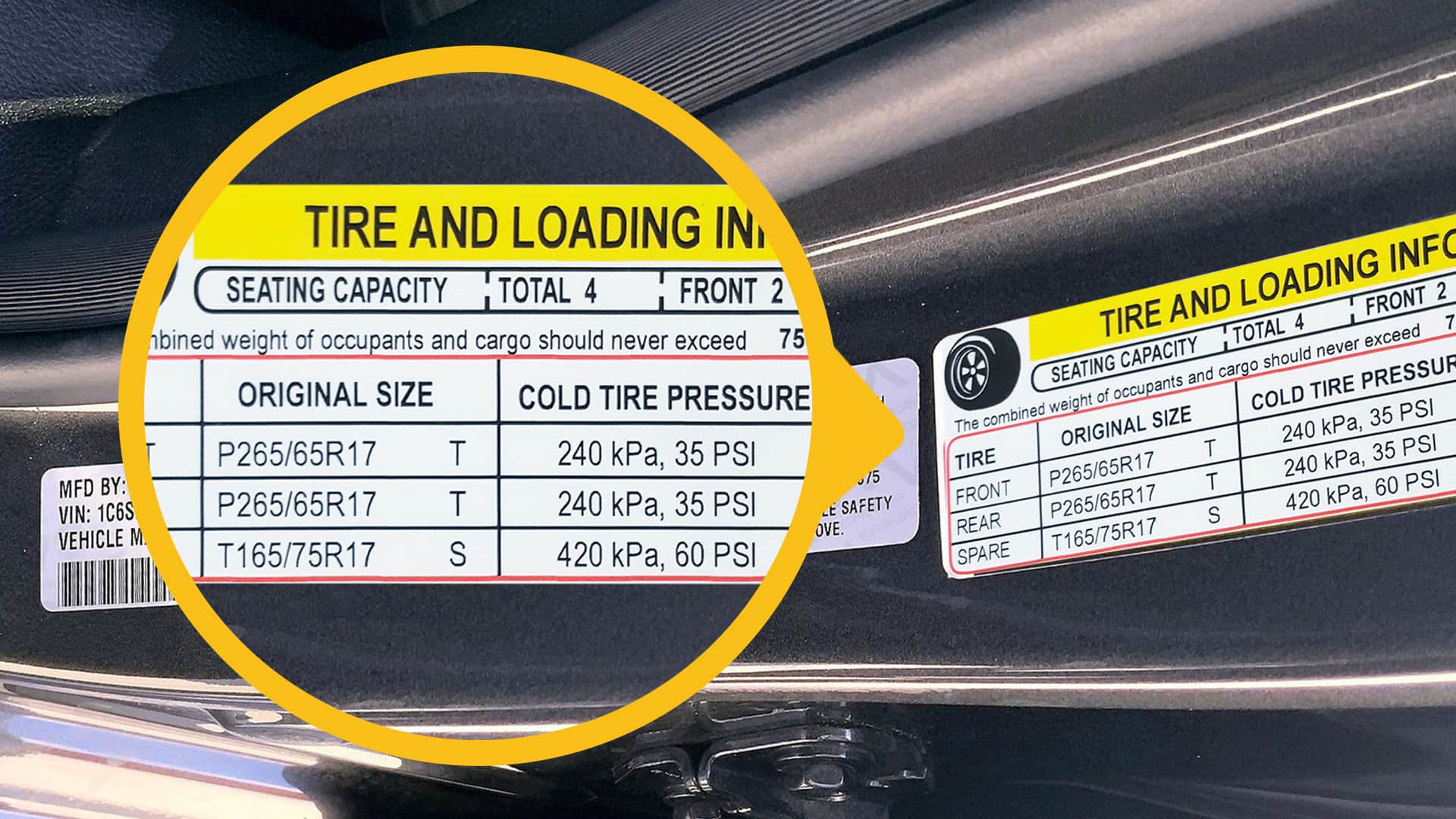
Maintaining proper tire pressure is crucial for ensuring optimal vehicle performance and safety. But when is the best time to check your tires – should you measure it when they are cold or hot?
It’s recommended to check the tire pressure when the tires are cold. This is because the air inside the tire expands when it gets hot, causing the pressure to increase.
It’s best to check the pressure in the morning or when the car has been parked for several hours and hasn’t been driven for at least a few hours.
Checking the pressure when the tires are hot may result in an inaccurate reading, which can affect the performance and safety of your vehicle.
Effect Of Temperature On Tire Pressure
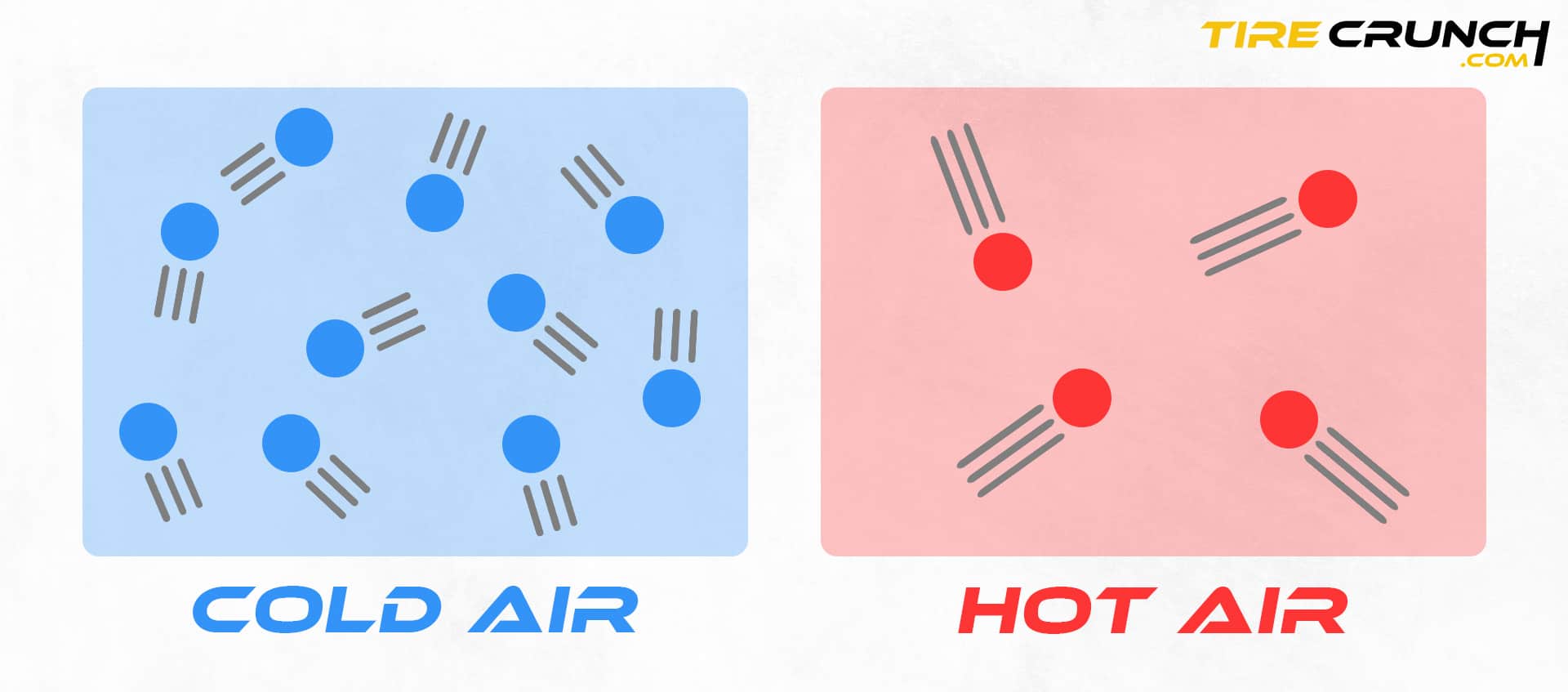
As the temperature drops, the pressure within tires tends to decrease, while warmer temperatures cause tire pressure to rise. This phenomenon occurs because the air within the tire changes volume in response to temperature changes, with warmer air taking up more space and cooler air condensing.
For every 10°F change in air temperature, tire pressures will shift by about 2%.
This means that if your tires are filled to 30 PSI on a cool fall day when the temperature is around 50°F, those same tires might read as high as 34 PSI on a hot summer day when temperatures top out at 90°F.
How to Properly Check The Tire Pressure?
1. Start with Cold Tires
To get the most accurate tire pressure reading, it is best to start with cold tires if possible. Cold tires are those that haven’t been driven on for at least three hours, or have been driven on for less than a mile at low speed.
2. Check the Manufacturer’s Recommended Psi
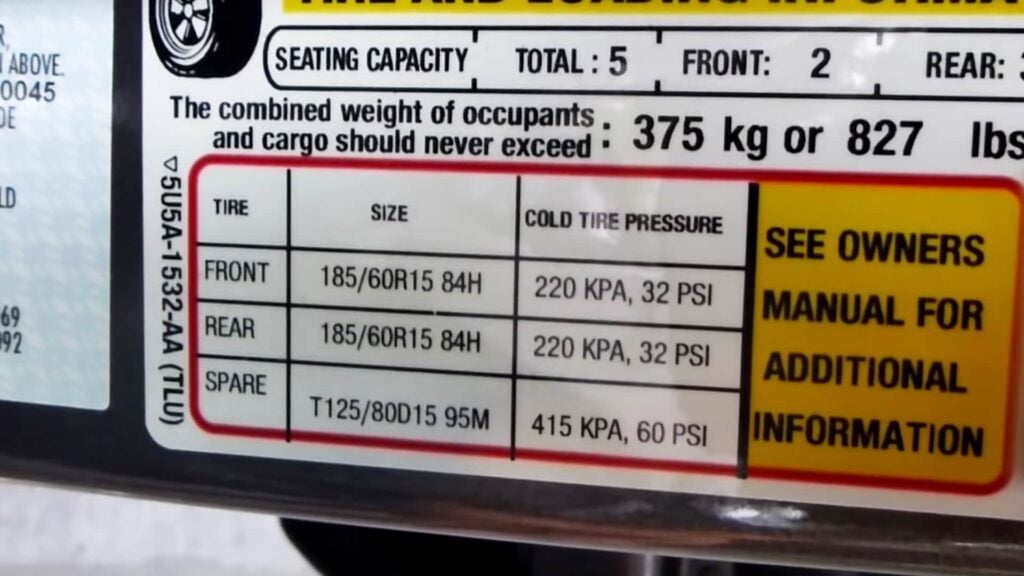
Checking the manufacturer’s recommended PSI for your tires is crucial in ensuring that they are properly inflated. This information can usually be found on a sticker inside the driver’s door or in the owner’s manual.
3. Check Tire Pressure
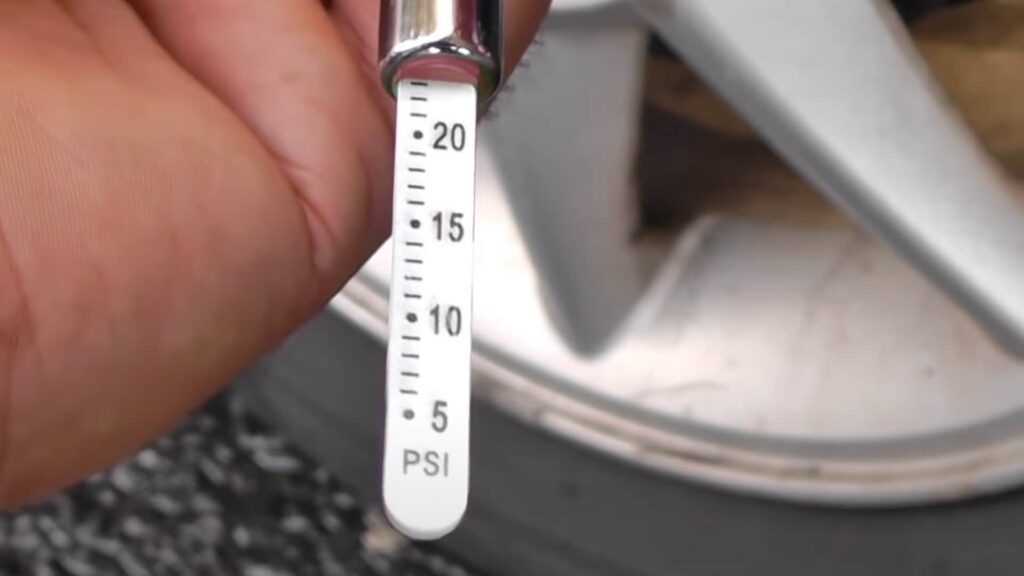
To check your tire pressure accurately, you’ll need a tire gauge. These come in different types, including analog and digital gauges. Regardless of the type, they all work similarly: unscrew the valve cap on the tire stem, press the gauge onto the valve stem until it clicks or stops moving, and read the measurement displayed on it.
4. Fill in the Recommended PSI
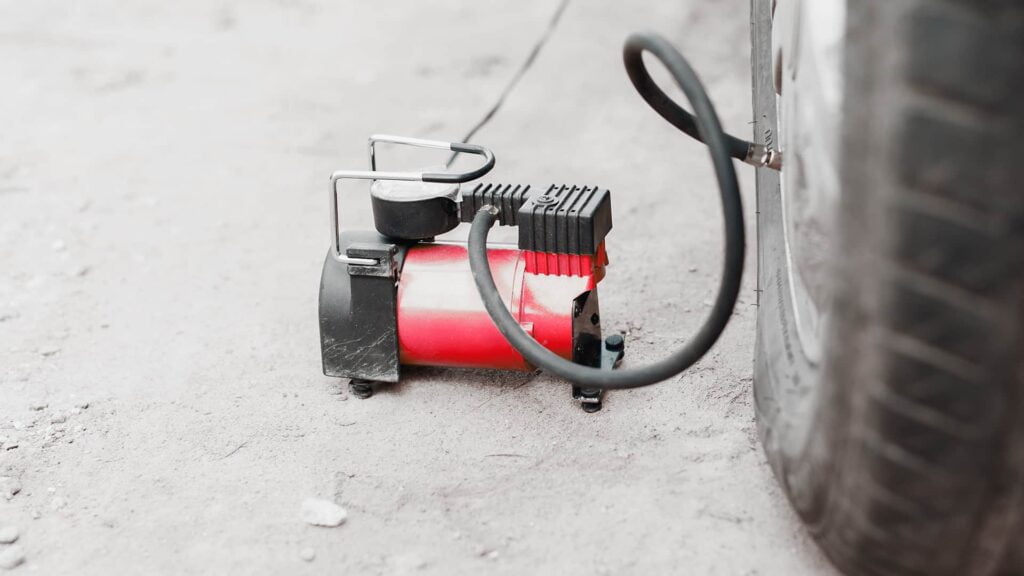
It is important not to overinflate or underinflate your tires, as this can lead to uneven wear and increase the risk of blowouts.
5. Repeat: Check Tire Pressure Regularly
It’s crucial to regularly check your tire pressure to ensure they are safe and properly inflated. As mentioned in the importance of maintaining proper tire pressure, this includes checking it monthly using a tire pressure gauge when the tires are cold.
Consequences Of Driving With Improper Tire Pressure

Final Words
In conclusion, maintaining proper tire pressure is essential for both safety and car performance. When it comes to checking tire pressure, it’s best to do so when the tires are cold.
Temperature changes can significantly affect tire air pressure, which can lead to an increased risk of blowouts or reduced traction on the road. By following best practices such as using a tire gauge, checking regularly according to manufacturer recommendations, and adjusting as needed, you can help ensure your vehicle is operating at its optimal level.
FAQ
Should I Use Nitrogen In My Tires?
Using nitrogen in your tires can have some benefits, especially when it comes to maintaining proper inflation levels for longer periods of time. Nitrogen is a cold gas that does not get as hot as regular air, making it advantageous in hot climates.
Additionally, using nitrogen may help prevent moisture from remaining on the tire wall and reduce some tire wear issues. However, it’s worth noting that there are both advantages and disadvantages to using nitrogen in tires, and it can be more expensive than using regular air.
What Is The Right Tire Air Pressure For My Car?
The recommended tire air pressure for your car can usually be found on a sticker inside the driver’s side door jamb or in the owner’s manual.
How Often Should You Check Your Tire Pressure?
Regular tire pressure checks are an essential aspect of maintaining your vehicle’s safety and performance. It is recommended that you check your tire pressure at least once a month, preferably when the tires are cold, as this provides more accurate readings.
